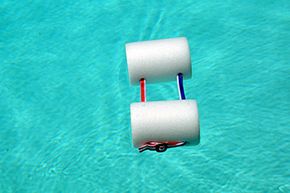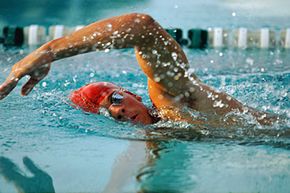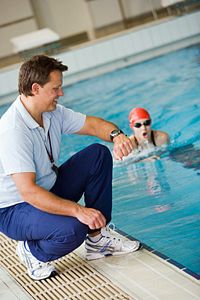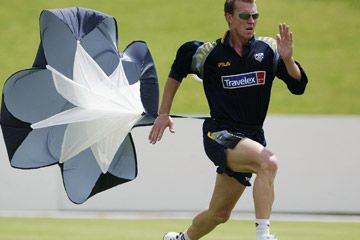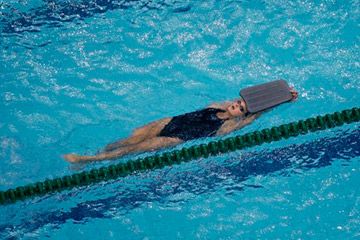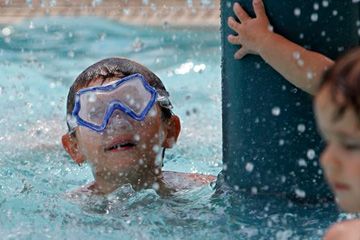You don't have to aspire to the level of Michael Phelps to want to drastically improve your performance in the pool. Regardless of your goals, you may find that your life as a swimmer is stronger and your technique sharper if you train with a pull buoy.
Pull buoys are exceptional training devices for swimmers, and in some cases, they are also good for certain types of physical rehabilitation. Before we continue, here's a bit of clarification -- don't confuse pull buoys with pool buoys, which are the floating lane dividers you see in lap pools where swimmers train.
Advertisement
Most pull buoys are figure-eight shaped pieces of foam, though they come in other configurations, too. Some are two pieces of foam connected by an adjustable strap or rope. Regardless of their shape, they're designed to be held between your legs as you swim.
The buoys also come in various sizes, a fact you'll want to keep in mind as you shop. Some buoys are meant for children, while other, full-size products offer much more floatation for larger adult bodies. Fancier buoys can be partially filled with water to adjust buoyancy and drag. This feature lets you adjust the product to match specific swimming strokes better.
You might be surprised to note that pull buoys are designed without straps to attach them to your body. That's because you're supposed to keep your legs together to keep the buoy in place. This action helps you keep your legs as motionless as possible, to concentrate on strengthening your upper body.
Pull buoys are easy to use. You simply place the buoy between your thighs and hold it there as you swim. As you swim, you'll feel the buoy keeping your legs from sinking and dragging in the water behind you. Without the buoy, trying to swim without using your legs would be difficult. Your legs would pull your waist and torso to a more vertical position in the water, making traditional swimming strokes impossible.
With the buoy, you can just use your arms for forward motion in the water. By omitting assistance from your legs, you're isolating the muscles in your upper body, forcing your arms to do almost all of the work of propulsion.
Keep in mind that if a specific buoy model doesn't work for the kind of training you're doing, you may need to find a different product. For example, a bigger or more buoyant product might add better flotation to your workouts, keeping your lower torso and legs higher in the water.
Pull buoys range from very inexpensive to somewhat pricey. You can find very cheap buoys for around $5, but you may find that more expensive versions are more durable.
No matter which type of buoy you choose, you'll quickly see the kinds of benefits they offer. Keep reading to see how to put pull buoys to use and to see how you'll benefit from pull buoy training.
Advertisement
